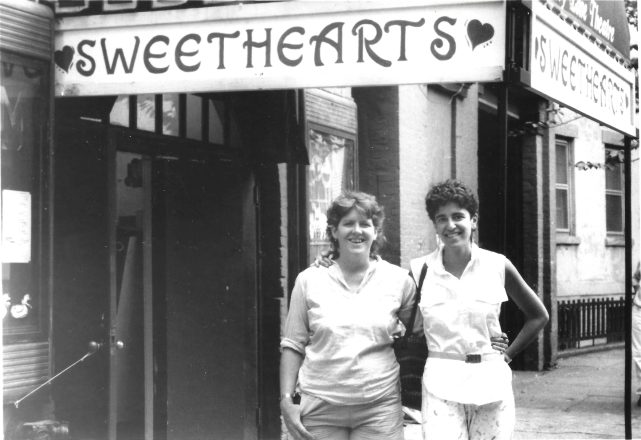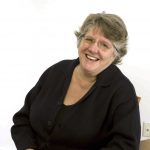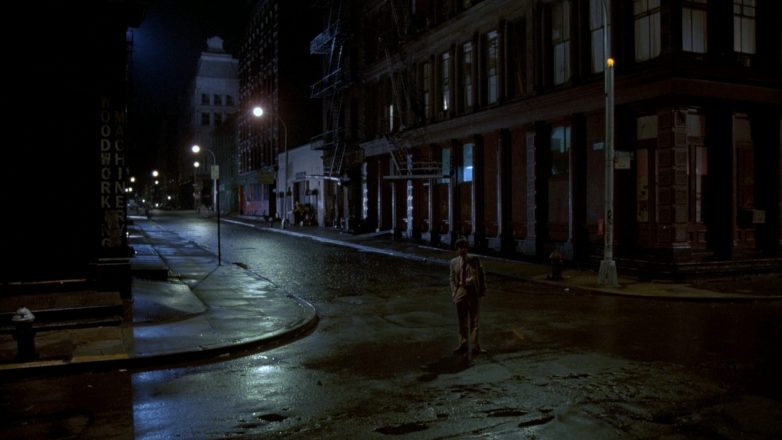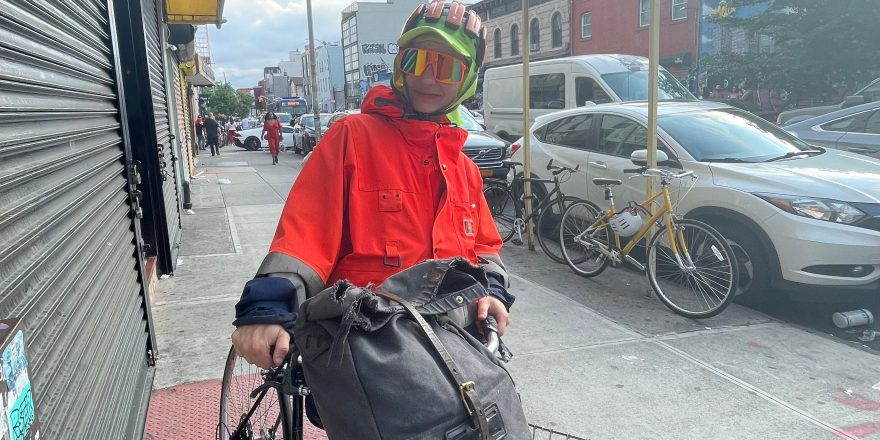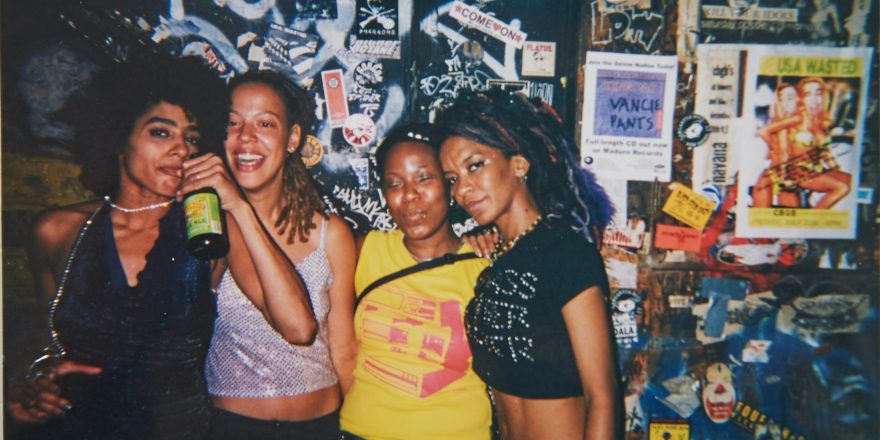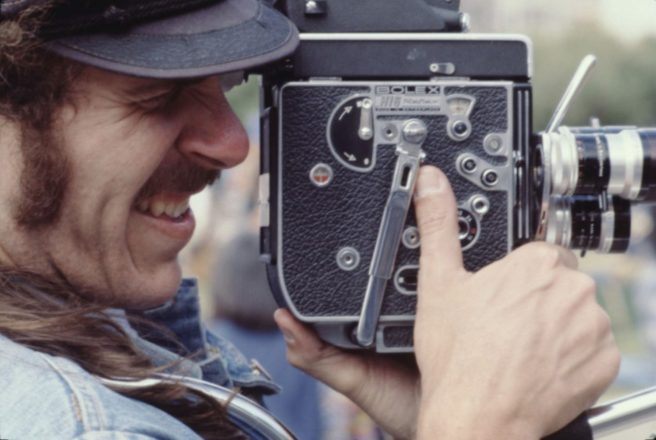“A city with a fading pulse” – Clyde Haberman, New York Times
“One of the most fertile periods of filmmaking in cinematic history” – Robert Levin, amNew York
These quotes about New York City in the mid 1970s at first seem paradoxical. But I lived and thrived in the city then, so I know both are true. The pulse of an “underground” culture was beating hard, sending veins of creativity through a vibrant ecosystem. The fading pulse refers to a world we could care less about; cheap rent meant we could create new art and new ways of living, do odd jobs and live on very little. It was possible to run a bar, a coffee shop, a cinema, a theater, a bookshop, write and publish books and magazines, write and produce a play, make music, paint and sculpt, make films. People worked on one another’s projects – an informal trading economy. Small grants sprang up like dandelions, enabling us to buy film stock at Rafiks, edit on someone’s Steenbeck or rent from DCTV, MERC on Rivington Street (later Young Filmmakers) or Millenium Film Workshop in the East Village. Films were screened in lofts, storefronts, schools and churches – the first NYC Gay and Lesbian film screenings were on a 16 mm projector in a church on West 20th Street, across from Louise Bourgeois’ brownstone. Women Make Movies screened films made by women and Louise was a regular. This fertile ground created a diverse ecosystem that co-existed with the still vibrant Italian, Jewish, Spanish and Puerto Rican cultures dotted around downtown New York.
I had fallen in love with “foreign” and avant garde cinema in Ann Arbor. I was a townie kid, but in the 1960s you could go for free to university film society screenings. Here I saw everything from Godard to John Waters, John Lennon/Yoko Ono to Italian westerns and the new Chinese cinema celebrating communism. This love affair set the stage for my entire life as a filmmaker. What a thrill to learn by viewing that film culture had endless variations.
Along 8th Avenue from 14th to 23rd were eight gay bars sprinkled among older Spanish and working class bars, Greek coffee shops serving real food, bookstores, delis, pizzerias, newspaper and magazine kiosks and the Elgin Theatre. At this huge, decrepit movie house with a gigantic screen and ripped seats, I watched movies all day. During the August heat, the A.C. was creaky, but the Elgin provided a respite from the grueling heat. (No one had A.C. at home.) Often I went on my own. I still love going to see a movie on a big screen alone, surrounded by strangers in a communal ritual of reverence for the silver screen. I saw Dog Day Afternoon, Grey Gardens and Nashville in one day for $2. Filmmakers Von Trotta, Kubrick, Fassbinder, Ottinger, Duras, Akerman, Scorsese and many more opened my eyes, heart and mind to the limitless powers of cinema. The street life surrounded me nurtured my innate curiosity, soaking up ideas and inspiration from around the world. Often it was not necessary to make social plans; someone would always be wherever one went. If you did not know them yet, you soon did.
We could flirt, drink and dance at the Dutchess (a lesbian bar in Sheridan Square), head up 8th Avenue for a plantain omelet on 14th Street. A legendary Cuban Chinese restaurant had paper placemats featuring the history of Cuba that ended in 1960 with the Cuban Revolution.
In those days, Women Make Movies was in the back carriage house on 19th Street off 8th Avenue. Funded by the CETA Artists Project, I got a job there making videos with the Department for the Aging. Well, We Are Alive is a group portrait of elders. The project took me into SRO (Single Room Occupancy) hotels in Gramercy Park, the housing projects on 9th Avenue and most memorably to the Balanoffs, a couple in their nineties who were a vital part of Russian theatre in NYC in its heyday. In thinking about this essay, I realized this began my interest in group biography: people forming communities which in turn nurture and influence them. This can be seen in my first feature documentary Before Stonewall, through The International Sweethearts of Rhythm, Paris Was a Woman, The Man Who Drove with Mandela and my most recent release, The Five Demands.
My life partner, Andrea Weiss, and I moved to London for the 1990s, escaping the AIDS epidemic. So many of the men whom we loved and many who were instrumental in encouraging my film productions were dying. I had my first Fulbright to England in 1989 and fell into the burgeoning independent film community. Then Ben Gibson, Head of Production at the British Film Institute, hired Andrea to co-direct a film with Stuart Marshall about LGBT people in British Cinema. The film, A Bit of Scarlet, was completed after Stuart died of AIDS.
After we adopted our daughter, we wanted her to know her grandparents, cousins, aunts and uncles, so we moved back to a Chelsea on the cusp of what I refer to as “Google Chelsea.” The mom-and-pop economy was being wiped out. The last independent café/coffee shop had a sign that read, “If you use Starbucks language, we will charge Starbucks prices.” And so it goes.
Chelsea was still largely gay enough for the independent drugstore to feature Barbie dolls paired as homosexuals in the window. Our daughter loved to roller skate to see the windows that validated her life experience. That too is now gone.
While sorting through some Women Makes Movies papers from the ’70s, I found a note I had written in a production notebook: “I only want to meet with Andrea.” For me, a “meeting” was lunch at Mi Chinita. Seems she found those lunches enjoyable, too. Forty years later, we are still together, married now and still making movies.
Moving to NYC with no job, little money and loads of energy, optimism and a lust for life, I found my heaven on earth.


